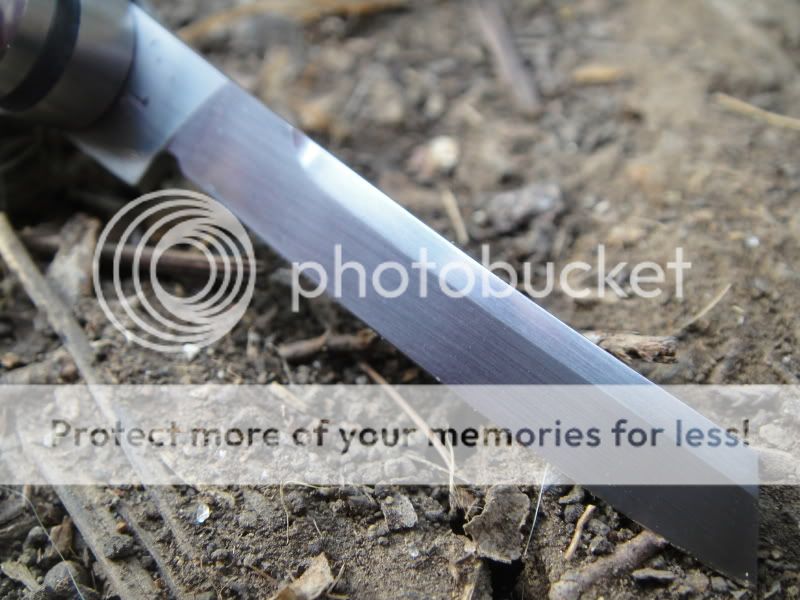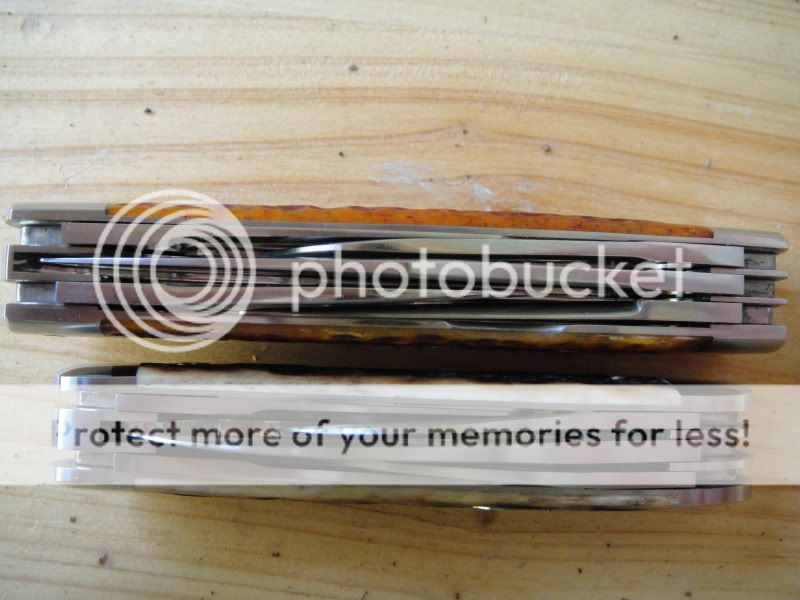- Joined
- Mar 21, 2007
- Messages
- 203
The Smiling-Knife has just revised the age of the George Gill & Sons to nearly 100 years more recent than I thought. The year letter has been used for a few different years but the shape of the shield is probably 1933. Ah, well. You live & learn. - sulk- 









